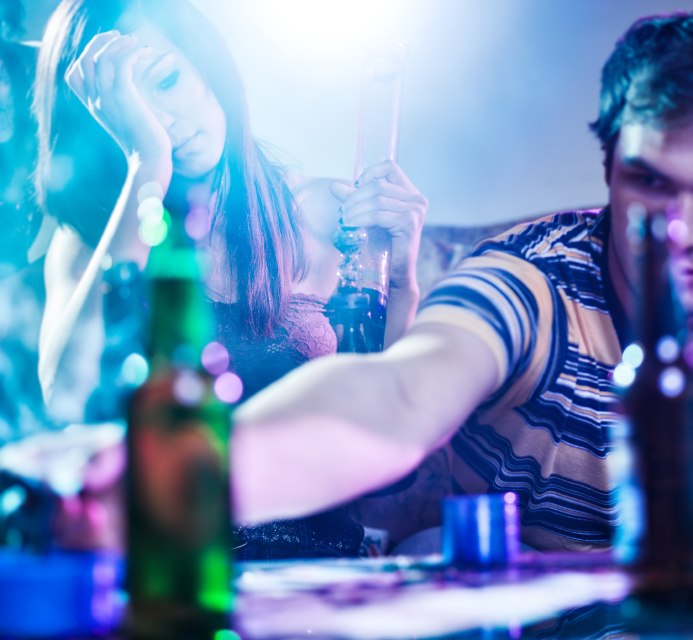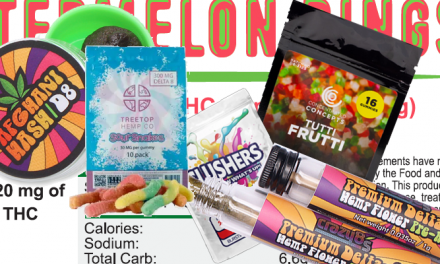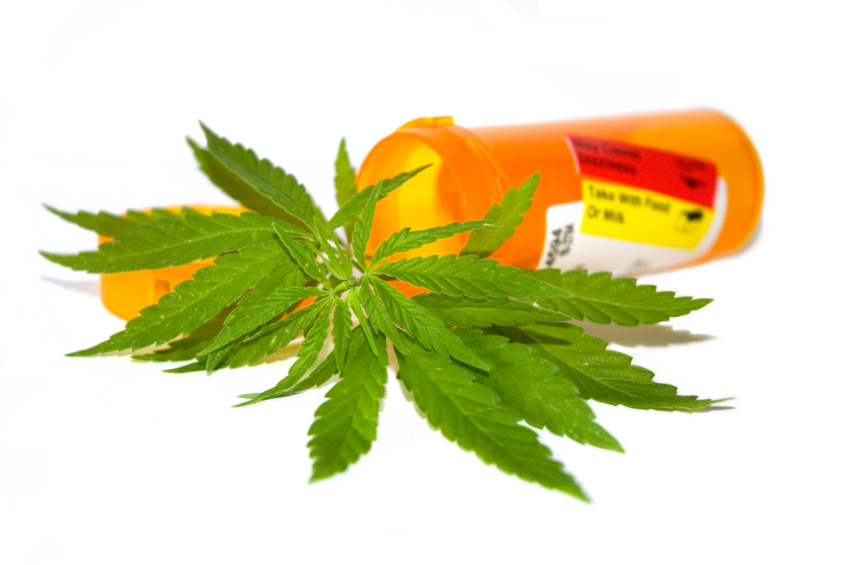I’ve read several recent pieces in the media on an uptick in binge drinking. That doesn’t exactly come as a surprise, but I did wonder about the casual way some research projects define “binge” — one example, “…consuming five or more drinks on any one occasion, for both men and women.”
I’m not too confident in a measure broad enough to apply to a 120 lb female and a 220 lb male.
Then there’s the issue of what constitutes a single drinking occasion. Three hours at a party, OK– we get that. But there are other patterns where the drinking “episode” is a daily phenomenon. They’re not getting as much attention as they should.
As a kid, I worked briefly on a construction site with a crew of roofers who showed up for work in the morning with a sixpack or two along with their tools. They’d drink throughout the day, then pick up more beer on the way home, to drink that evening. This went on day after day.
Jellinek referred to it as maintenance drinking. Of course they drove under the influence — given their consumption, be hard not to. As they aged, they experienced a host of health problems, and as their tolerance for alcohol faded, frequent periods of overt drunkenness. It was a mystery to them: why, after all these years, had drinking suddenly become a problem? What changed?
They had.
I wouldn’t want to label this as a blue collar phenomenon. It isn’t. I ran a treatment center in the Washington DC suburbs. On one occasion the hospital ran an ad on our behalf in the Washington Post, featuring our medical director, a psychiatrist, saying: “You don’t have to get drunk to be an alcoholic.” The phone rang off the hook. Who was calling? You guessed it: Families of white collar professionals.
Back to the subject: although binge drinking is indeed common among college students, there seems to be an assumption that the college years are when kids “learn” these unhealthy practices. I’m not convinced that much instruction is involved. Most kids begin drinking in high school, even as early teens. That’s a norm, not an exception. At that young age, they live in a relatively restricted environment, and college can represent a partial removal of those restrictions.
And face it, most parents expect their kids to drink in college. It’s an extension of the “sowing wild oats” model of development. As long as nothing goes horribly wrong, they’re OK with it in theory (at least for the boys). On the other hand, things do seem to be going wrong more often than they once did.
“College Students Keep Dying Because of Fraternity Hazing: Why is it so Hard to Stop?”
Colleges know this goes on. They have an ambivalent attitude towards student alcohol use. On the one hand, they’re anxious to avoid the sort of messy problems that intoxication often brings. On the other, they do not want to prevent drinking altogether, even though for a good portion of the student body, it’s illegal. (see “The Party School Problem“)
As one coach admitted: “you have any idea how hard colleges compete for students nowadays? if the word gets out that we discourage partying, applications will drop like a shot.”
I get that. Kids want to attend schools where they think they’ll have fun. And for this age group, fun translates to drinking… and usually, some other drug use.













